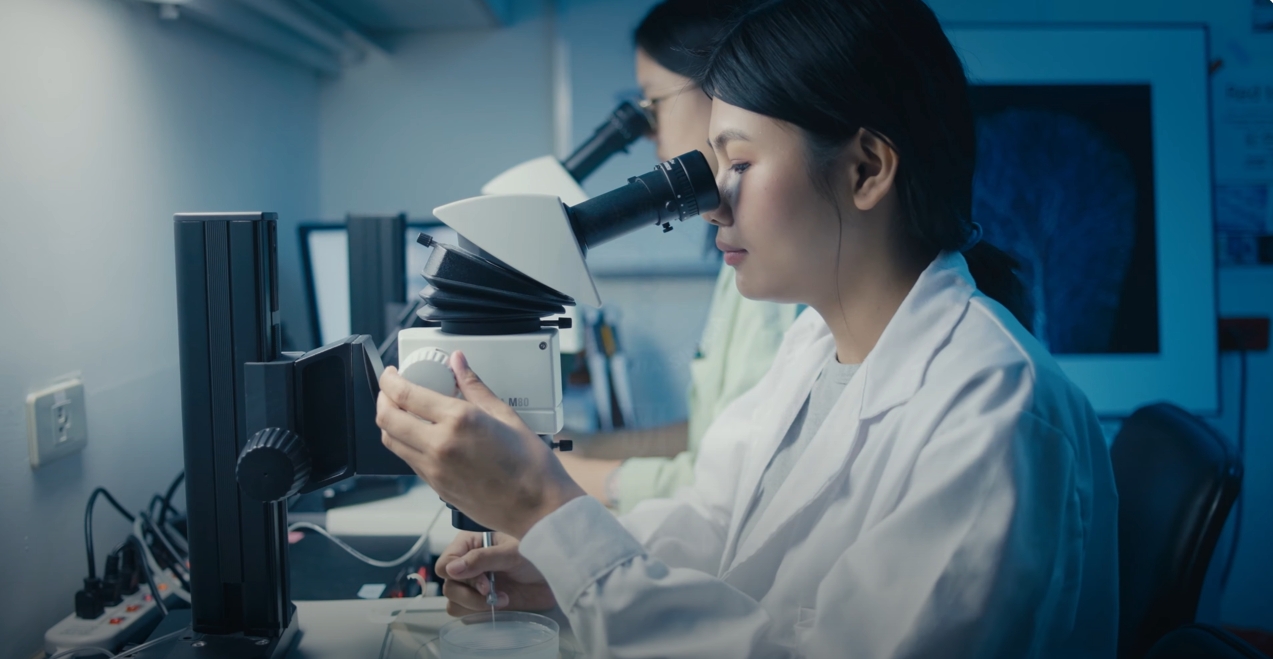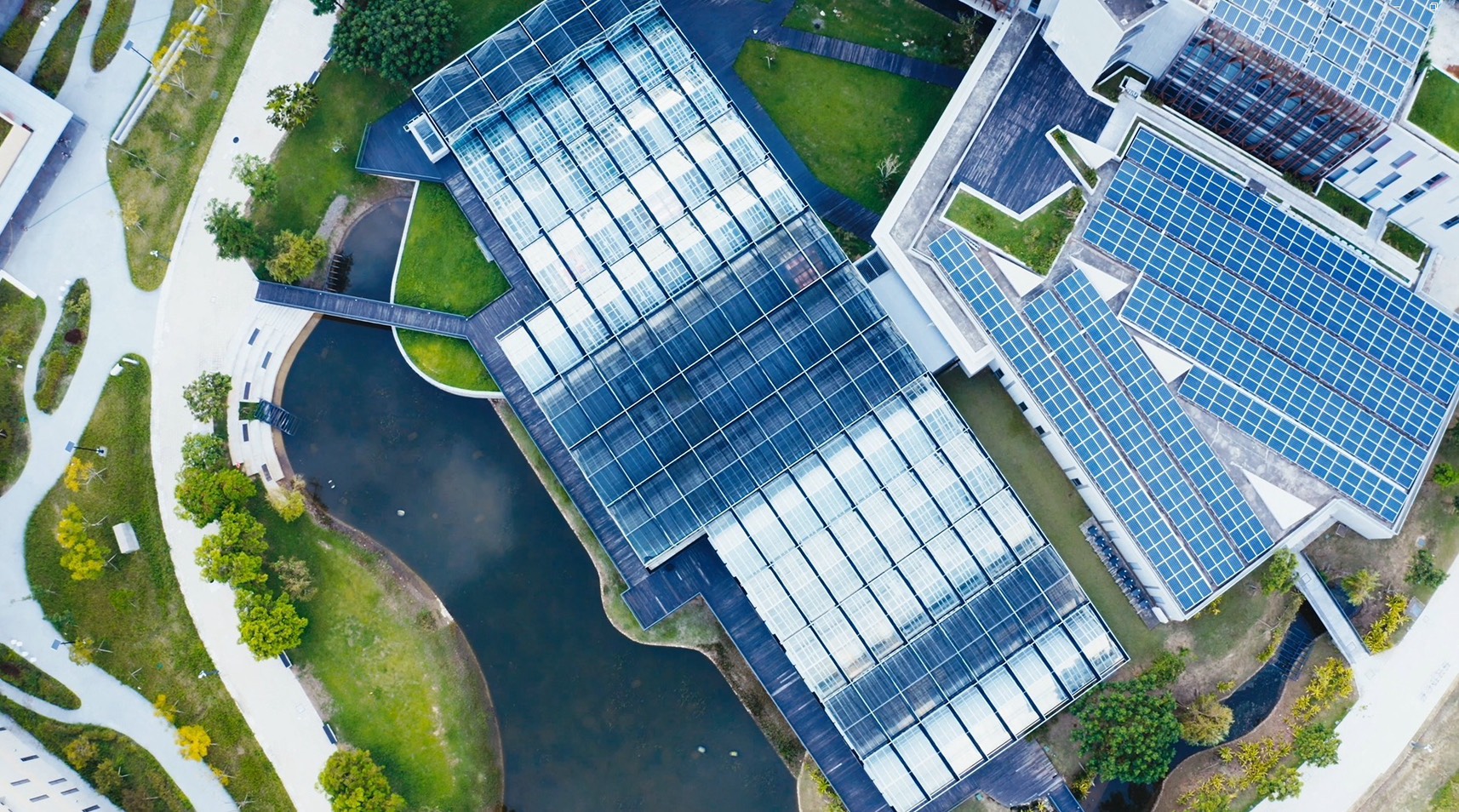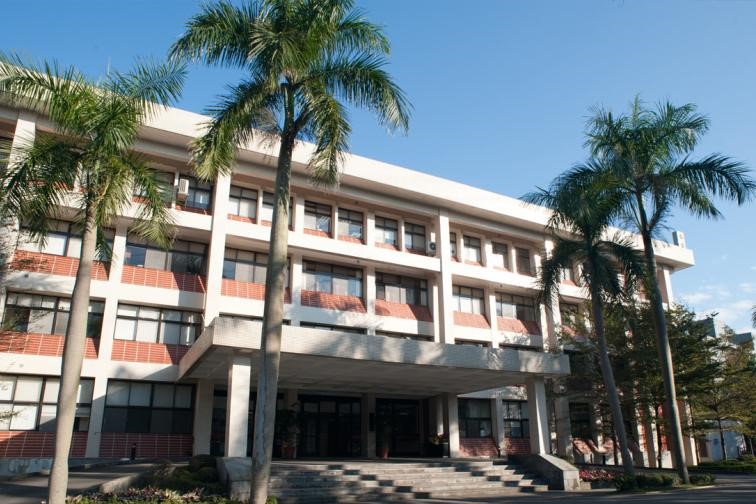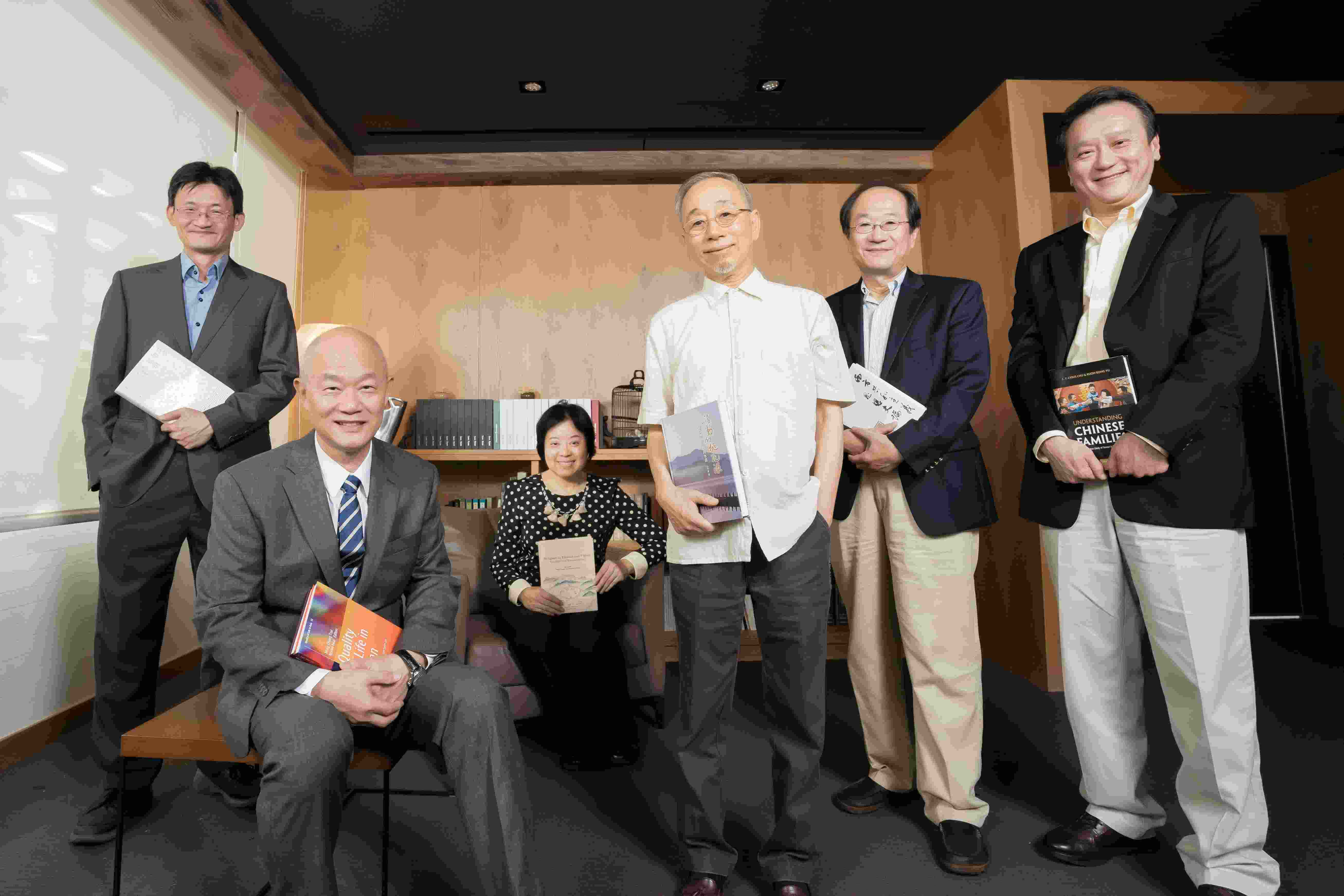- 演講或講座
- 原子與分子科學研究所
- 地點
原分所浦大邦講堂 (臺大校園內)
- 演講人姓名
Prof. Wolf Widdra (Institute of Physics, Martin-Luther-Universität Halle-Wittenberg, Germany)
- 活動狀態
確定
- 活動網址
Abstract:
Ten years ago, the class of oxide quasicrystals was discovered in our lab [1]. Dodecagonal oxide quasicrystals (OQC) are two-dimensional structures with long-range order, sharp twelve-fold diffraction pattern and well-defined self-similar tiling pattern. Examples are Ba-, Sr-, or Eu-decorated Ti2O3+d planar networks on the surface of close-packed metals such as Pt(111) or Pd(111). The OQC formation leads to self-similar but aperiodic triangle-square-rhomb tiling structures, which were proposed as purely mathematical concepts decades ago [2]. In addition, we also find periodic triangle-square-rhomb tilings known as quasicrystalline approximants [3,4].
Atomically resolved STM images allow a detailed analysis of these tilings. The irrational abundance of the three tiling elements and their connectivity is explained by an ideal quasicrystal [5]. Apparent defects in the atomic structure arise from frozen out phason excitations, identified by characteristic atomic site flips. The real-space STM observations are complemented by low-energy electron and surface X-ray diffraction measurements [6]. The latter confirm the structure as well as the existence of coherent phason excitations. In addition, the atomic decoration of the mathematical tiling is discussed, as analogous to the atomic unit cell decoration in periodic systems [6].
[1] S. Förster, K. Meinel, R. Hammer, M. Trautmann, and W. Widdra, Nature 502, 215 (2013).
[2] N. Niizeki and H. Mitani, Journal of Physics A: Mathematical and General 20, L405(1987); F. Gähler in Quasicrystalline materials, C. Janot ed. (World Scientific, 1988) p. 272.
[3] S. Förster et al., Phys. Rev. Lett. 117, 095501 (2016).
[4] S. Schenk et al., J. Phys. Cond. Matter 29, 134002 (2017).
[5] S. Förster et al., physica status solidi (b) 1900624 (2019).
[6] S. Schenk et a., Nat. Commun. 13, 7542 (2022).









 首頁
首頁

